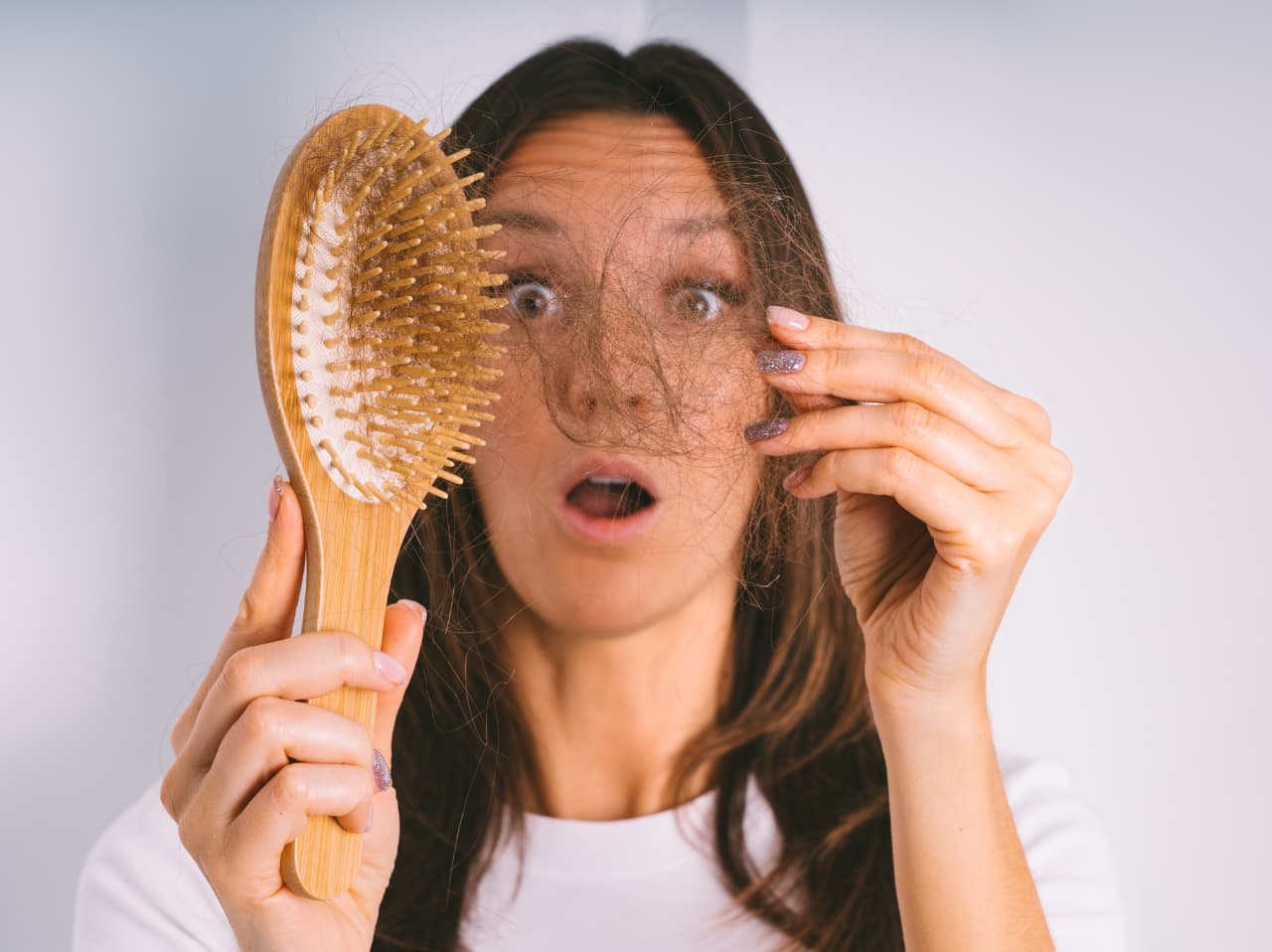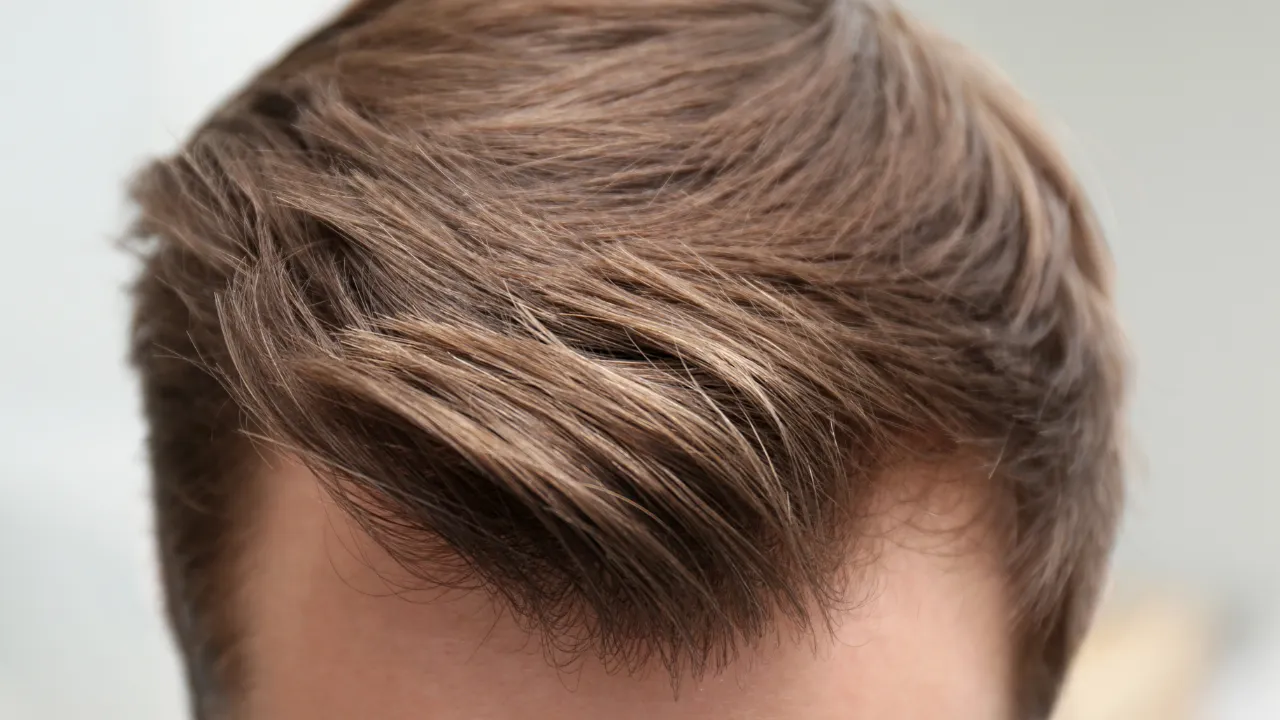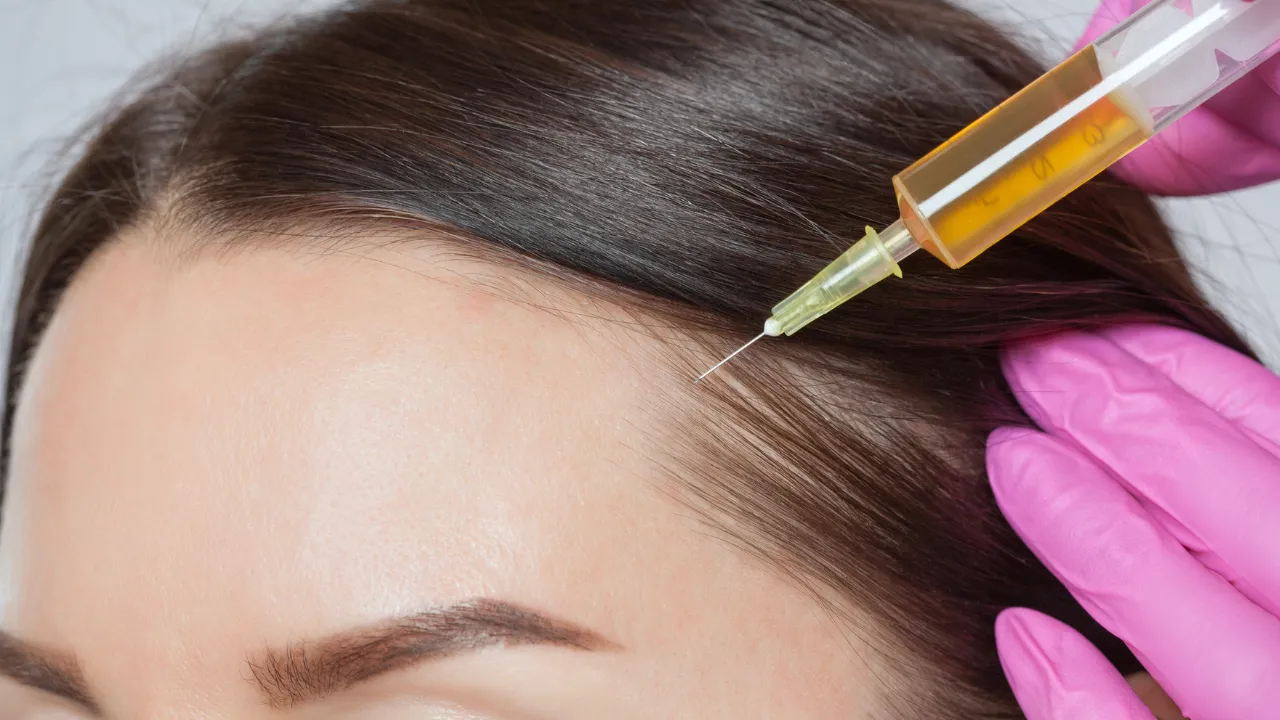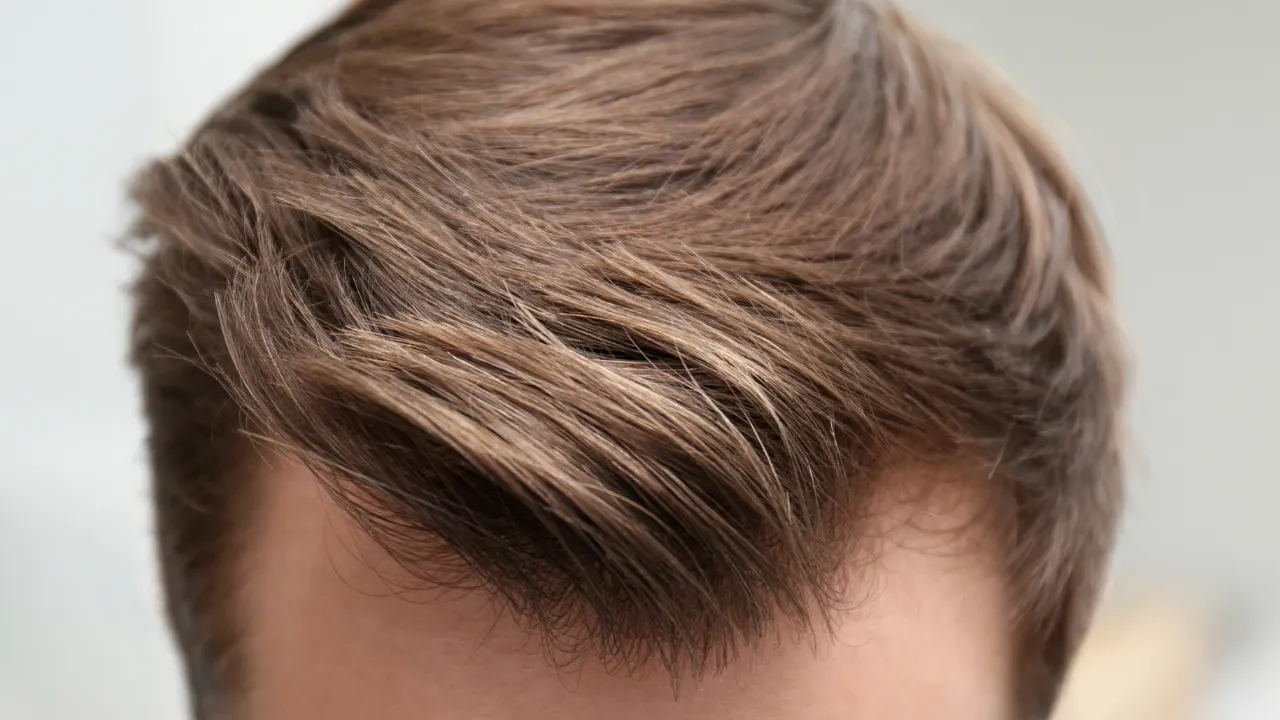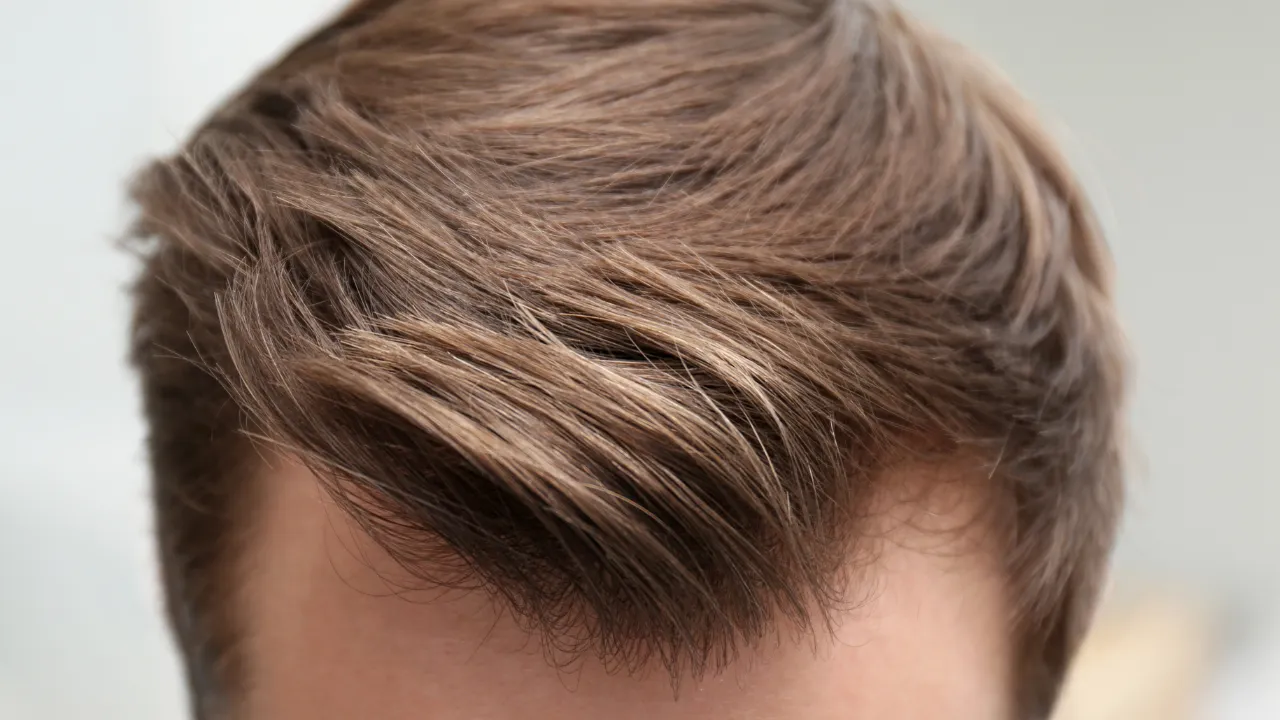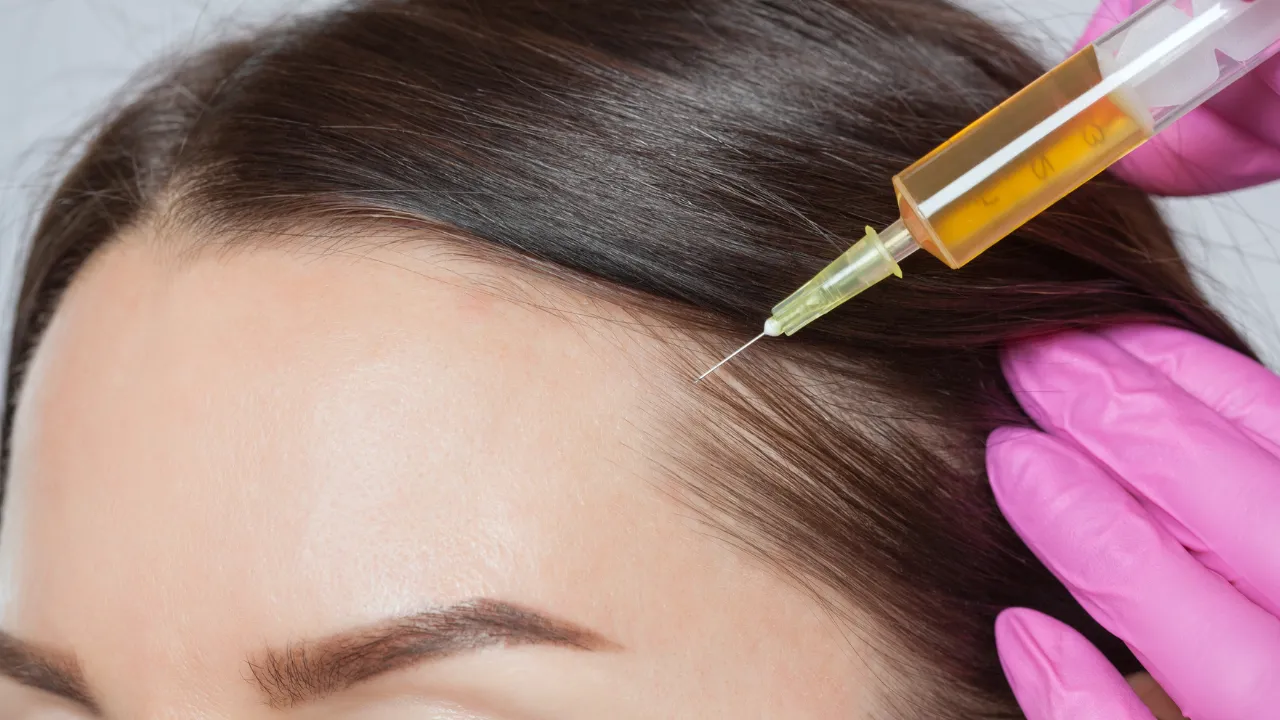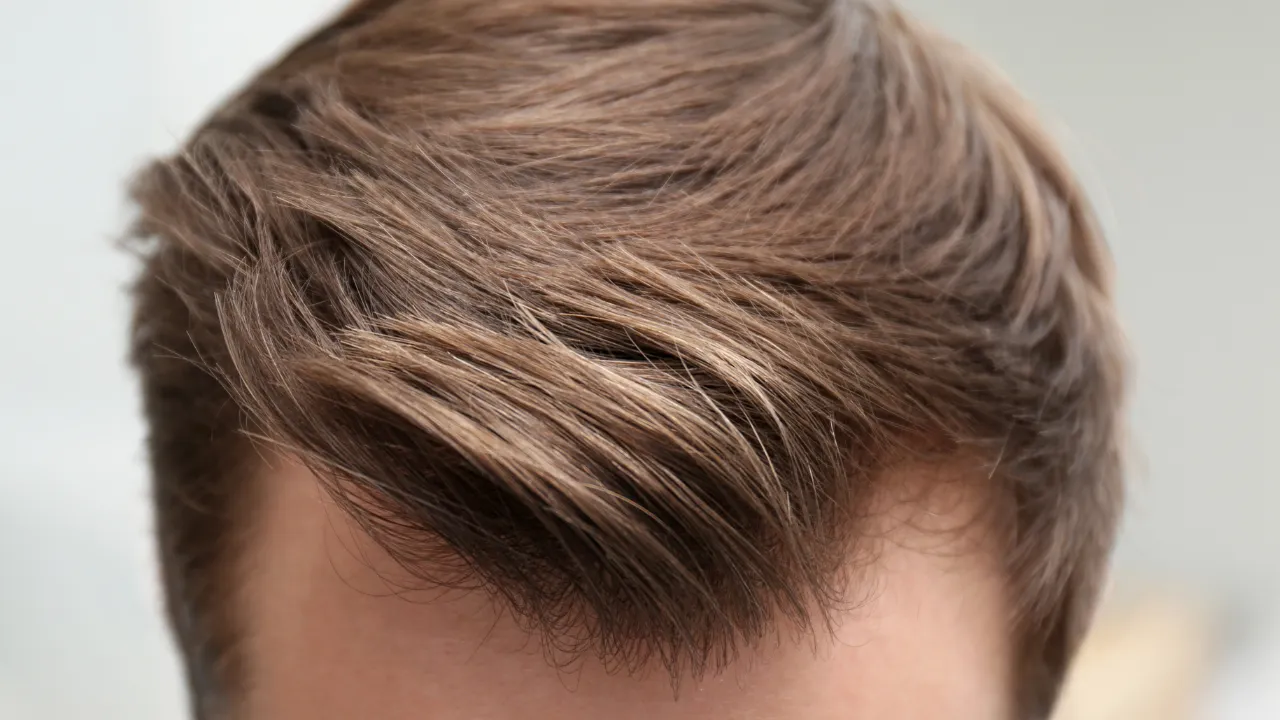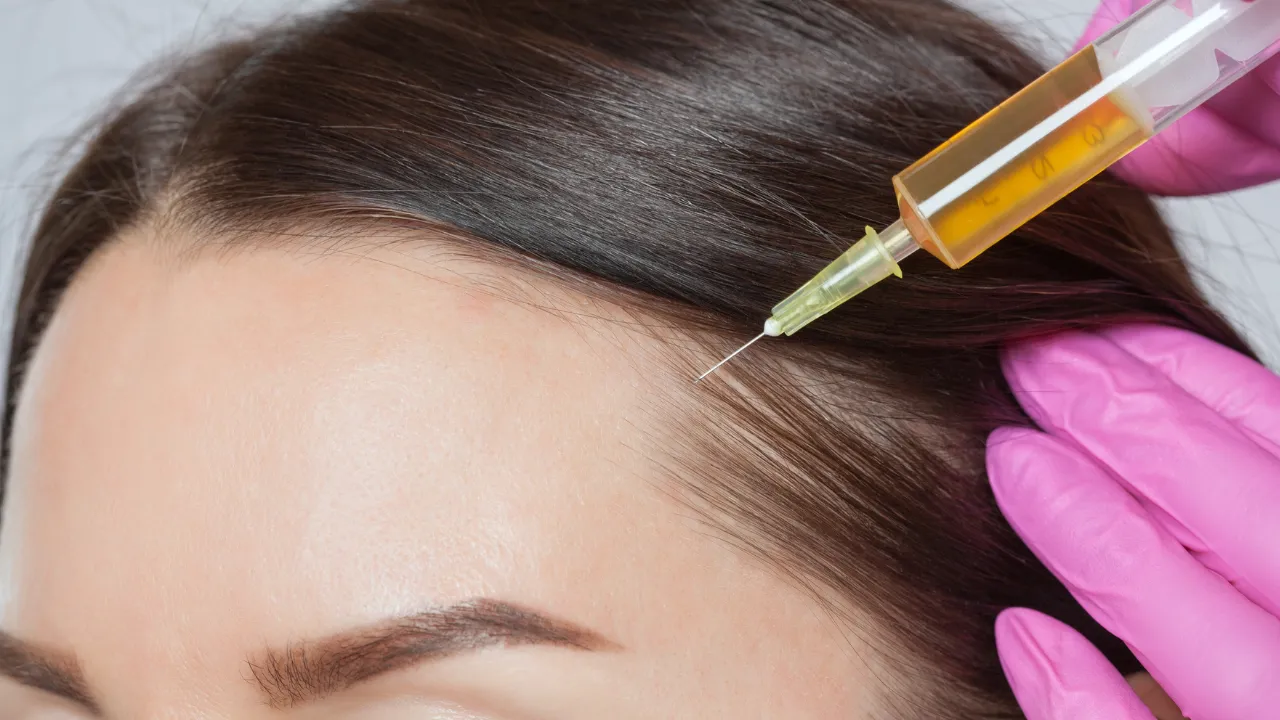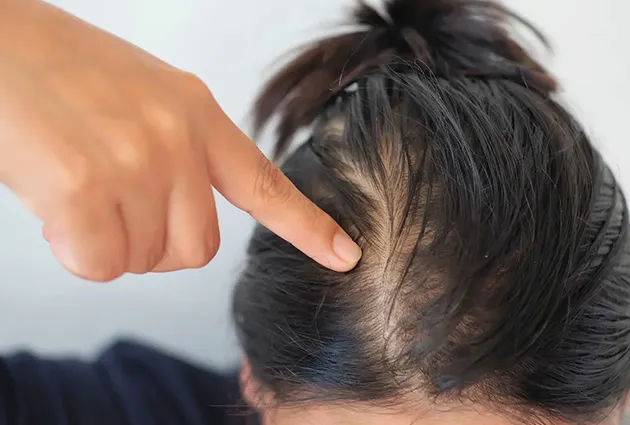Table of Contents
ToggleHair loss can be distressing, especially when it’s inherited. At Kopelman Hair, we understand the emotional and physical toll it takes. This guide explores the most effective hair loss genetic treatment options available today, helping you understand causes, solutions, and when to seek expert care.
Understanding Genetic Hair Loss
What Causes Hereditary Hair Loss?
Hereditary hair loss, also called androgenetic alopecia or hereditary male pattern baldness, is caused by genetic sensitivity to dihydrotestosterone (DHT). This hormone shortens the growth phase of hair, making strands thinner over time until they stop growing.
While most common in men, it also affects many women. It’s the most common type of hair loss in both men and women and typically progresses in a predictable pattern over time.
Genetic baldness treatment begins by identifying whether DHT sensitivity is the primary cause. In many cases, it runs in families, affecting individuals regardless of lifestyle or diet.
Early Signs and Risk Factors
The earliest signs of genetic hair loss include thinning at the temples or crown, increased hair shedding, and a visible scalp. In men, a receding hairline is one of the first indicators, often followed by thinning at the crown, the hairline recedes in an “M” shape. Women typically notice diffuse thinning across the top of the scalp.
Risk factors include family history, hormonal changes, aging, and stress. Recognizing symptoms early can help you explore options on how to stop genetic hair loss before it progresses.
Can Genetic Hair Loss Be Stopped or Reversed?
Natural Prevention and Early Action
While genetic predisposition cannot be changed, you can slow its impact. Adopting healthy hair habits, managing stress, and using gentle hair products may reduce shedding. For those asking how to prevent genetic hair loss, early action is key.
Scalp massages, balanced nutrition, and avoiding tight hairstyles may help protect hair follicles. These methods won’t reverse balding but can support overall hair health.
FDA-Approved and At-Home Treatments
Two FDA-approved treatments are commonly used for hereditary baldness treatment: minoxidil and finasteride. Minoxidil is a topical treatment that stimulates hair growth and extends the hair cycle, it may be especially helpful for individuals noticing a widening part or a bald spot forming at the crown. Finasteride is an oral medication that blocks DHT production.
At-home treatments such as low-level laser therapy (LLLT) devices can complement these options. While not a cure, combining treatments under medical guidance may help maintain hair density.
Hair Transplants and Non-Surgical Therapies
For those with advanced thinning, surgical options like follicular unit extraction (FUE) or follicular unit transplantation (FUT) can restore hair permanently. These procedures involve relocating healthy follicles to balding areas.
Non-surgical options include platelet-rich plasma (PRP) therapy, which uses your blood’s growth factors to stimulate dormant follicles. Dr. Kopelman has helped many patients choose between these solutions based on their hair type and goals.
Lifestyle Tips to Support Hair Loss Treatment
Although genetics play the main role, your daily habits still matter. Supporting your treatment with healthy practices can improve long-term results:
- Eat a balanced diet rich in protein, iron, and vitamins D and B12
- Manage stress through mindfulness or regular physical activity
- Avoid smoking and limit alcohol
- Use mild, sulfate-free shampoos and avoid excessive heat styling
- Avoid tight hairstyles that pull on the roots
These changes won’t completely stop hereditary loss, but they can slow the rate at which you lose hair and promote healthier growth.
Treatments for Men and Women
Best Options for Female Hair Loss
Some women experience diffuse thinning, while others struggle with a high hairline female pattern. Hair loss in women is often linked to hormonal changes. Minoxidil is the most commonly recommended treatment, but hormonal therapy may also be considered if imbalances are detected.
Female pattern hair loss typically causes diffuse thinning across the scalp rather than a receding hairline, making it harder to detect in early stages. Women should consult a specialist to avoid ineffective or potentially harmful treatments. Personalized care ensures safety and effectiveness.
Most Effective Treatments for Men
Men often respond well to a combination of minoxidil and finasteride. In cases of hereditary male pattern baldness, early medical intervention can slow or even partially reverse hair loss.
Some men benefit from PRP or hair transplants, depending on the extent of hair loss. Understanding how can you prevent baldness begins with getting the correct diagnosis.
Diagnosing Genetic Hair Loss Accurately
Genetic hair loss is diagnosed through a combination of physical exams, medical history, and sometimes scalp biopsy or blood tests. A trichologist or dermatologist will examine the pattern and progression of hair thinning to rule out other conditions like telogen effluvium or alopecia areata.
Accurate diagnosis is key to creating a treatment plan. At Kopelman Hair, we use advanced tools like scalp imaging and digital densitometry to assess follicle health and determine the stage of hair loss.
It’s important to rule out other medical conditions such as thyroid disorders, iron deficiency, or autoimmune diseases, which can also cause individuals to lose hair.
Emerging Solutions: Gene Therapy & Beyond
siRNA and Genetic Hair Loss
Gene therapy is a promising area of research. One innovative approach is using small interfering RNA (siRNA) to silence the gene that triggers DHT production. Although still in clinical trials, this could provide a breakthrough in genetic baldness treatment.
Current research shows that siRNA could reduce hair follicle shrinkage and support long-term regrowth. While not yet available, it offers hope for those who ask, “Can you stop hereditary hair loss permanently?”
Stem Cells and Regenerative Approaches
Stem cell therapy and regenerative medicine are also being studied for hair restoration. These treatments aim to reawaken dormant follicles or create new ones using advanced biological techniques.
Though experimental, they represent the next frontier for patients seeking alternatives beyond conventional hair loss genetic treatment methods.
Costs and Side Effects of Treatment
What Genetic Hair Loss Treatments Cost
The cost of treatment varies depending on the method and severity of hair loss. Minoxidil and finasteride are relatively affordable, costing between $30 and $80 per month. LLLT devices range from $200 to $600.
Hair transplant surgery is more expensive, with FUE and FUT procedures costing between $4,000 and $15,000, depending on the number of grafts. At Kopelman Hair, treatment plans are tailored to meet your needs and budget.
Side Effects and Risks to Consider
Most treatments are safe but can carry risks. Finasteride may cause sexual side effects in some men, minoxidil can irritate the scalp, and PRP may cause mild swelling or redness post-procedure.
Dr. Kopelman reviews all potential side effects with patients to ensure they make informed decisions. Understanding both benefits and risks is essential for long-term success.
How to Choose the Right Treatment for You
Not every treatment works the same for everyone. Your age, hair type, health history, and stage of hair loss all influence the outcome. A personalized approach ensures you get the best results without unnecessary risks.
Dr. Kopelman recommends combining multiple strategies when appropriate—such as using minoxidil while undergoing PRP or transitioning to transplant once medical treatments plateau. A specialist can help create a timeline that evolves with your progress.
When to See a Hair Restoration Specialist
If you notice consistent thinning or balding, it’s time to speak with a professional. A hair restoration specialist can confirm if your condition is genetic and recommend appropriate treatments.
At Kopelman Hair, we provide individualized care based on years of experience and advanced diagnostics. Expert guidance is the best first step, whether you’re in the early stages or seeking a long-term solution.
Hair loss doesn’t have to be permanent. With advancements in treatment and support from trusted experts like Dr. Kopelman, there are more solutions than ever to take control of your hair health, schedule a consultation today.



